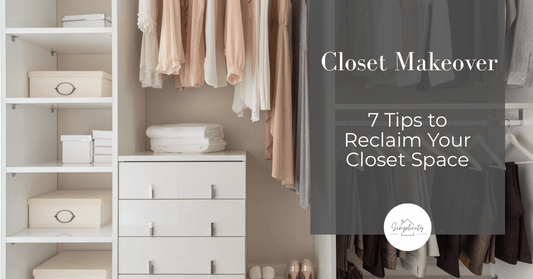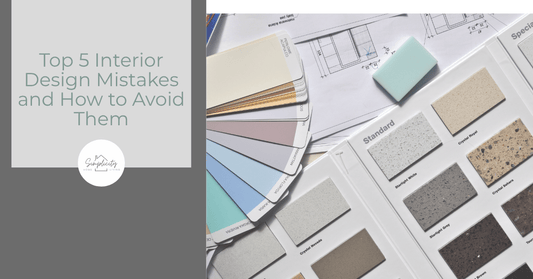If you're tired of dealing with chaotic kitchen cabinets or constantly searching for the right lid, you're not alone.
Finding the best way to organize Tupperware containers and lids can be a game-changer for anyone who frequently has leftovers, meal preps, or simply wants a more organized kitchen. However, the "best" way to organize them can vary depending on the space you have available.
In this post, we'll explore effective methods for organizing your Tupperware, along with some tips on choosing the right system for your kitchen.
But First, What Kind of Tupperware Containers Should You Get?
No matter which method you choose, investing in a quality set of Tupperware is essential.
We highly recommend the Snapware Glass Containers for their durability and airtight lids. In addition to moving away from plastics due to health concerns, these containers are stackable and nestable, microwave-safe, and dishwasher-safe, making them a versatile choice for any kitchen.
Not to mention they have a "write and erase" option so you can easily label with names, dates, ingredients and more! These containers are a great pick.
1. Drawer Organization: The Best Way to Organize Tupperware in Deep Drawers

For those lucky enough to have deep drawers in their kitchen, this method could be the ideal way to keep your Tupperware in order. Deep drawer organization is especially beneficial if you’re looking for how to organize Tupperware containers and lids efficiently.
- Containers: Stack containers by size, with the largest on the bottom and the smallest on top. This nesting technique saves space and keeps things neat.
- Lids: Use a drawer divider or a lid organizer to keep lids upright and sorted by size. This ensures you can quickly find the right lid without rummaging through a pile.
Pros: Easy to access, keeps everything contained, and maximizes drawer space. Cons: Requires deep drawer space, which not all kitchens have.
2. Shelf Storage: How to Organize Tupperware on Shelves

If you lack deep drawers but have ample shelf space, using the 'column approach' for containers organize your Tupperware can be a great solution. Since you don't want to be pulling down heavy containers and taken them apart, organizing your containers by size can be the best way to organize Tupperware for those with cupboard space. However, some less frequent size could be nested.
- Containers: Stack your containers by size, and if you have the space, don't nest them. This method keeps your containers from toppling over and makes it easy to pull out a specific set. They can get heavy if you have them all nested.
- Lids: Store lids in a separate bin or use a rack that keeps them upright. This prevents lids from getting lost or scattered.
Pros: Utilizes vertical space, customizable with bins, easy to pull out for quick access. Cons: May require pulling out bins to find specific items, can take up a lot of shelf space.
Tips for Tupperware in Small Spaces
If you're dealing with limited space, organizers that can fit inside a cupboard or on a shelf are a fantastic option. Enacting these tips can be very useful for those searching for how to organize Tupperware containers and lids in small kitchens.
- Use vertical space with stacking containers and shelf risers.
- Invest in nesting containers to save space.
- Utilize cabinet doors with small racks or hooks for lids.
- Add drawer dividers to keep containers and lids organized.
- Store lids separately in a bin, file organizer, or dish rack.
- Rotate your Tupperware collection based on frequency of use. Store your large less used container in a space or cabinet that is more for special occasions.
- Use clear plastic bins to group similar-sized containers and lids.
- Label containers and lids for easy matching.
- Downsize your collection to include only regularly used pieces.
- Consider collapsible containers for ultra-small spaces.
Finding the best way to organize Tupperware containers and lids ultimately depends on your kitchen's layout and the space you have available. Whether you opt for drawer organization, shelf storage, or use some organizers, the key is to find a method that works for you and helps maintain an organized, clutter-free kitchen.
By implementing these tips, you can turn your kitchen into a more efficient and stress-free environment.
Happy organizing!











